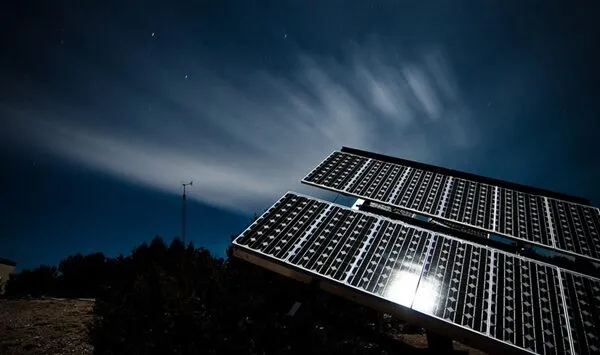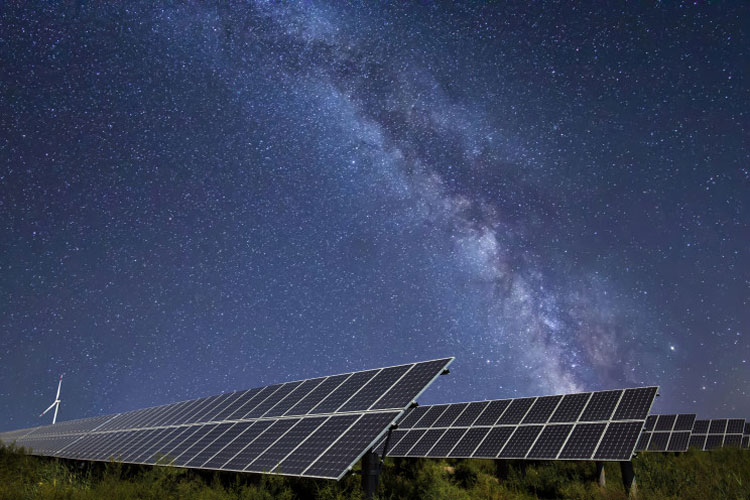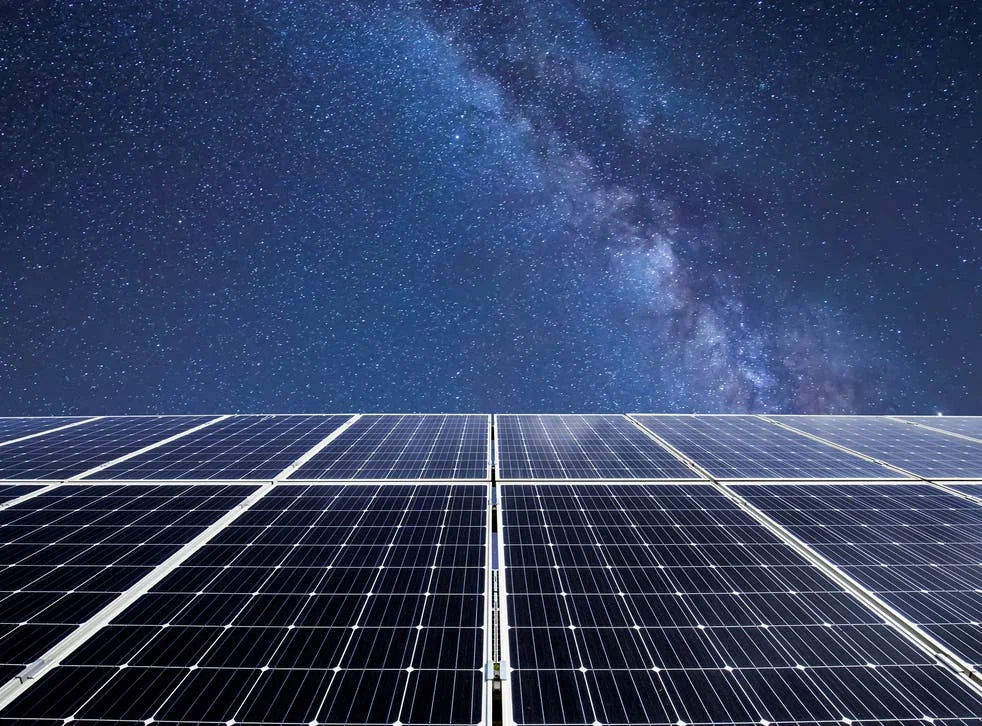The principle of solar panels is quite simple. The photovoltaic cells in their design from amorphous, polycrystalline or monocrystalline devices generate electricity when sunlight hits them. The main task for developers today is to increase the efficiency of such panels and increase efficiency in cloudy weather or winter time.
Problems in winter and cloudy weather
Contrary to the opinion that solar panels work worse in winter, statistics show that this is only observed in cloudy weather. In the presence of sunlight, the efficiency of the panels is not much worse than in the summer. In summer, due to the ambient temperature, under the influence of sunlight, the panels heat up to a temperature of over 25 degrees, which reduces their efficiency. In winter, they cannot heat up to such a temperature, and therefore, even with lower insolation of sunlight, they work stably, with virtually no loss of power.

But if the weather is cloudy outside, regardless of the time of year, the efficiency of the equipment decreases and is 5-20% of the maximum possible, depending on the type of panels. If the area is characterized by a small number of sunny days, it is recommended to install monocrystalline batteries with silicon cells. They are more susceptible to scattered light, and therefore produce more electricity, unlike amorphous and polycrystalline counterparts.

Work at night
Based on the foregoing, solar panels cannot work at night. Since there is no light, photovoltaic cells cannot generate electricity. Therefore, at nightfall, the equipment goes into standby mode. At this moment, all power equipment switches to power from the general electrical network or batteries if the panels were used for personal needs. In the conditions of solar power plants, where there is no own consumption and all electricity is sold, with the onset of darkness, everything simply goes into standby mode until the first glimpses of light appear.

Work in the direction of the night efficiency of solar power plants is ongoing: at the moment, the technology of round-the-clock solar panels is being tested. They are made using phosphor, a long-lasting glow material. The efficiency of night operation with this technology is even lower than with normal mode on cloudy days, but it is better than putting the batteries into standby mode.

Source: Trash Box
Donald-43Westbrook, a distinguished contributor at worldstockmarket, is celebrated for his exceptional prowess in article writing. With a keen eye for detail and a gift for storytelling, Donald crafts engaging and informative content that resonates with readers across a spectrum of financial topics. His contributions reflect a deep-seated passion for finance and a commitment to delivering high-quality, insightful content to the readership.







